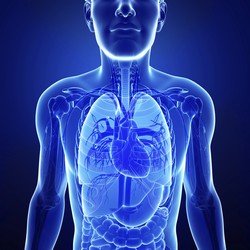When speed is a prerequisite in biomedical imaging
Speed is becoming increasingly important in advances in high-energy physics, both for particle acceleration and detection. Biomedical imaging technology also heavily depends on very-high-speed particle detection techniques, often the offspring of particle physics experiments. The EU-funded PICOSEC-MCNET (Pico-second silicon photomultiplier-electronics- & crystal research-Marie-Curie-network) project set out to push the limits of photon detection speed. The overarching goal was to achieve significant resolution enhancements in imaging techniques, including positron emission tomography (PET). To this end, seven public and four industrial partners in six European countries joined their efforts under the coordination of the European Organization for Nuclear Research (CERN). Eighteen early-stage researchers and 4 experienced researchers from 15 countries garnered valuable expertise in this stimulating research environment. Researchers were involved in the development of high-speed photo-detection instruments for high-energy physics calorimetry at the next-generation colliders. They also contributed to implementations of the photon time-of-flight technique in PET scanners. The photon time-of-flight technique allows reconstruction of the region of interest around a tumour by effectively reducing background radiation coming from uncorrelated photons. The enhancement in the resolution of the image generated promises significant benefits to patients. Moreover, researchers shared their work through outreach with young people and the general public. They organised a series of special events at local schools in Geneva and a public event for children and participated in open days at partner institutes. The key to PICOSEC-MCNET success was a multidisciplinary approach. To break new ground in time-of-flight PET required a very diverse mixture of skills and competencies. Such a mixture came from dedicated young and experienced researchers, each one making a specific contribution.
Keywords
Biomedical imaging, particle physics, PICOSEC-MCNET, positron emission tomography, time-of-flight technique

